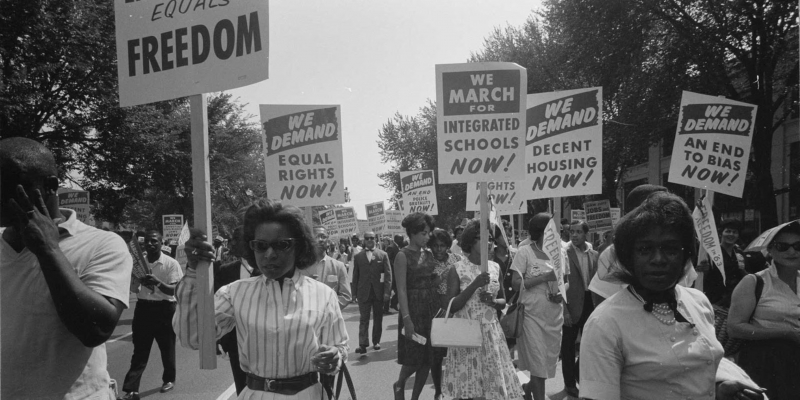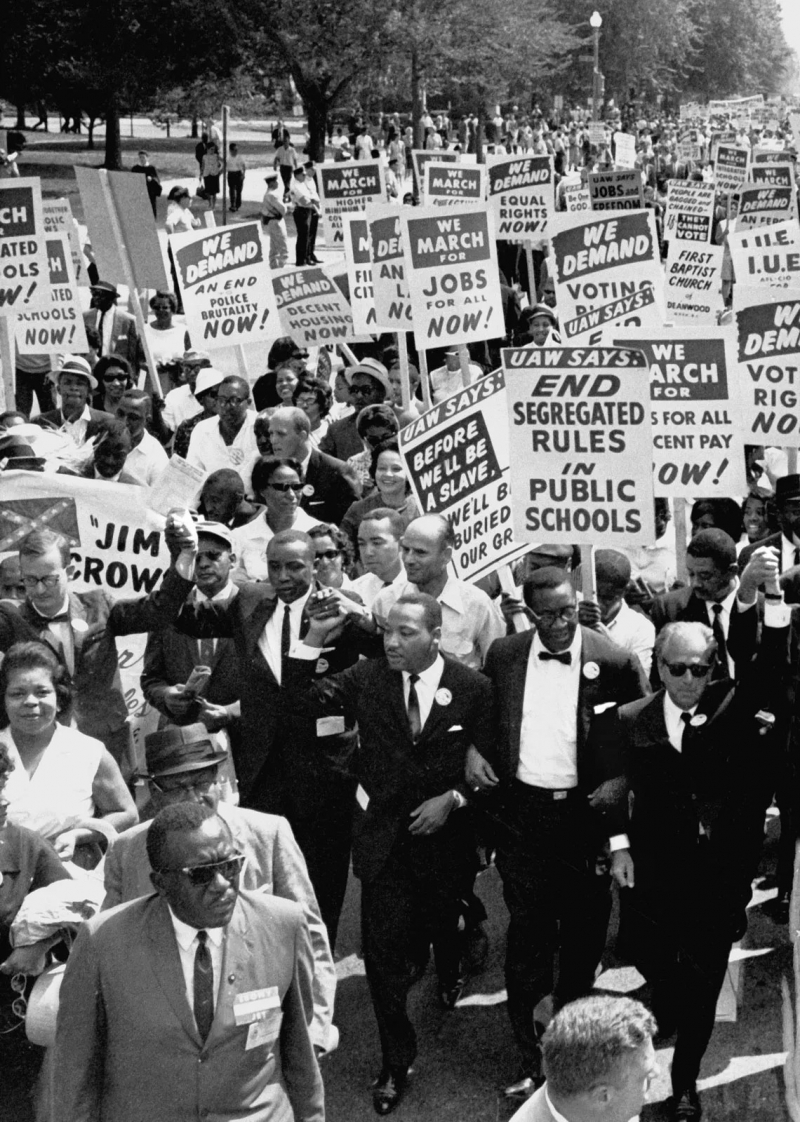Historical Analysis of the Civil Rights Movement
The Civil Rights Movement in the United States was a pivotal period in the nation's history. It was marked by struggles, triumphs, and enduring lessons. This essay offers a historical analysis of the movement, focusing on its major events, the challenges faced by activists, and the lasting impact on American society.
The movement's primary aim was to end racial segregation and discrimination against African Americans. It sought to secure legal recognition and federal protection of the citizenship rights enumerated in the Constitution and federal law. The 1954 Supreme Court case Brown v. Board of Education served as a significant catalyst. The court's decision to declare state laws establishing separate public schools for black and white students unconstitutional marked the beginning of the formal process of desegregation and fueled the movement (Brown v. Board of Education, 1954).
However, the journey was fraught with challenges. Activists faced violence, imprisonment, and even death. Events such as the Montgomery Bus Boycott, the march from Selma to Montgomery, and the Birmingham campaign exemplify the movement's strategic use of nonviolent protest. These actions were often met with brutal force. However, they were pivotal in raising national and international awareness of the racial injustices in America. The media also played a crucial role in this regard. It brings the realities of racial violence into homes across the country and the world (King, 1963).
The Civil Rights Movement also catalyzed the passing of landmark legislation. The Civil Rights Act of 1964 and the Voting Rights Act of 1965 were monumental achievements. They outlawed discrimination based on race, color, religion, sex, or national origin. Besides, they prohibited racial discrimination in voting. These laws marked a significant turning point in the legal fight against racial discrimination (Civil Rights Act, 1964; Voting Rights Act, 1965).
In conclusion, the Civil Rights Movement was a complex and multifaceted struggle that reshaped American society. Its successes were not just in the legislation passed but in the awareness raised and the dialogues started. The movement laid the groundwork for subsequent rights movements and continues to inspire activists worldwide. While significant progress has been made, the journey towards equality and justice continues.
References
- Brown v. Board of Education, 347 U.S. 483 (1954).
- Civil Rights Act, Pub.L. 88-352, 78 Stat. 241 (1964).
- King, M. L. Jr. (1963). Letter from Birmingham Jail.
- Voting Rights Act, Pub.L. 89-110, 79 Stat. 437 (1965).












